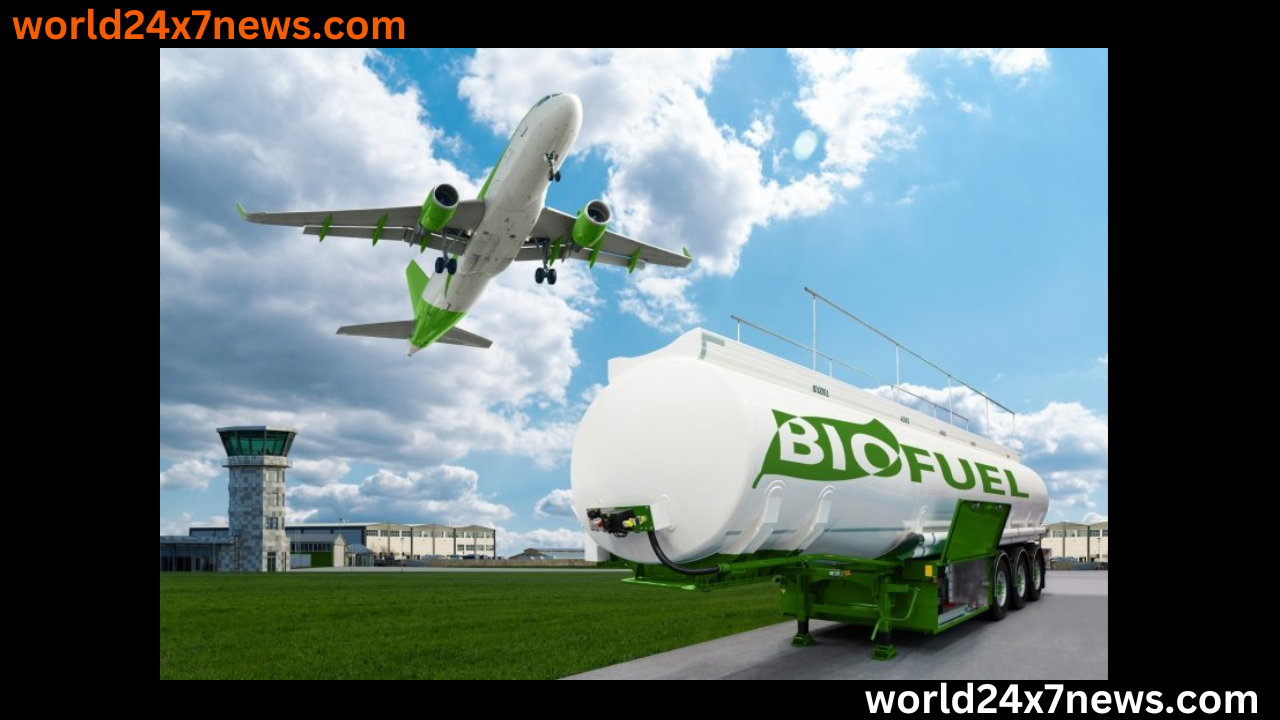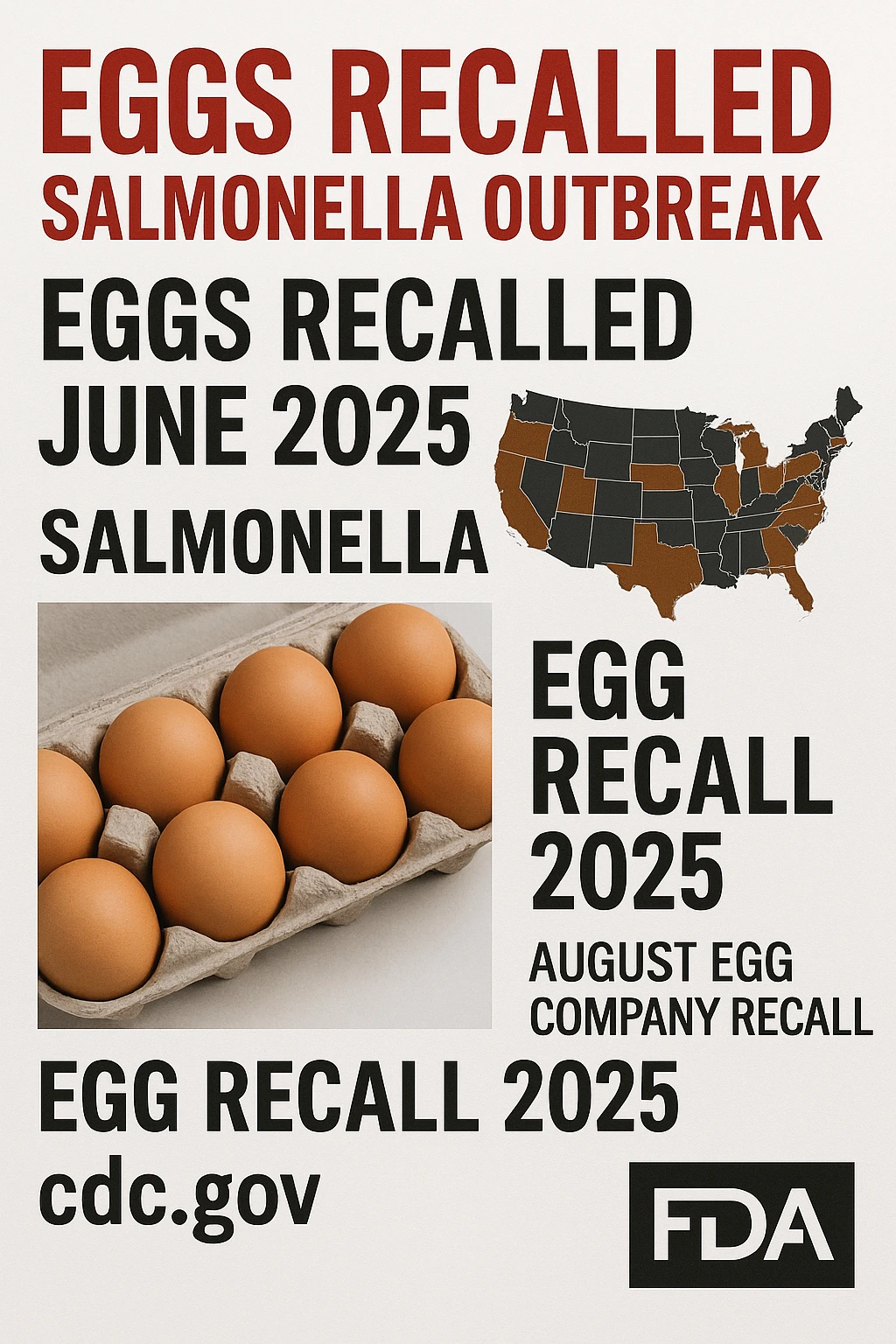Sustainable Aviation Fuel: Powering the Future of Flight

Sustainable Aviation Fuel: Powering the Future of Flight
Aviation, a crucial mode of transportation, has been under scrutiny for its environmental impact due to traditional fuel usage. However, the emergence of Sustainable Aviation Fuel (SAF) offers a promising solution in the quest for greener aviation practices.
I. Introduction to Sustainable Aviation Fuel (SAF)
Sustainable Aviation Fuel refers to renewable alternatives to traditional aviation fuels derived from non-fossil fuel sources. The adoption of SAF is pivotal in reducing carbon emissions and combating climate change while ensuring the continuation of air travel without compromising the environment.
II. Types of Sustainable Aviation Fuels
A. Biomass-based fuels
Derived from organic materials like agricultural residue, algae, or waste, biomass-based SAF offers a renewable alternative by utilizing otherwise discarded resources.
B. Hydrogen-based fuels
Utilizing hydrogen as a primary component, these fuels show potential in reducing carbon emissions significantly and are under extensive research and development.
C. Power-to-liquid (PtL) fuels
PtL fuels involve converting renewable electricity into synthetic liquid fuels, providing a pathway for sustainable aviation with reduced carbon footprints.
III. Environmental Benefits of SAF
A. Reduction in carbon emissions
SAF significantly decreases CO2 emissions compared to conventional fuels, contributing to the aviation sector’s efforts to meet environmental targets.
B. Lowering air pollutants
The usage of SAF diminishes air pollutants, enhancing air quality and reducing the industry’s ecological footprint.
IV. Challenges and Obstacles
A. Cost-effectiveness
The production cost of SAF remains relatively higher than conventional fuels, hindering widespread adoption.
B. Scalability and production volume
Scaling up production to meet aviation demands poses a challenge due to limited infrastructure and production capabilities.
V. Current Adoption and Future Prospects
A. Airlines and industries using SAF
Several airlines and aviation-related industries have initiated SAF usage, showcasing its potential and viability.
B. Future potential and advancements
Continuous advancements and research aim to enhance SAF production efficiency and reduce costs for future widespread use.
VI. Government Policies and Initiatives
A. Regulations supporting SAF usage
Governments globally are enacting policies and providing incentives to promote the use of SAF, aligning with environmental goals.
B. Funding and incentives
Financial support and incentives are being offered to encourage research and development in the field of sustainable aviation.
VII. Advantages of SAF Over Conventional Fuels
A. Efficiency and performance
SAF exhibits comparable or better performance metrics in terms of efficiency and reliability compared to traditional fuels.
B. Long-term sustainability
The long-term sustainability and positive environmental impact of SAF make it a promising solution for aviation’s future.
VIII. Collaboration in the Aviation Industry
A. Partnerships for research and development
Collaborations among airlines, fuel suppliers, and research institutions foster innovation and accelerate SAF advancements.
B. Global initiatives for SAF adoption
International efforts and collaborations aim to standardize and promote SAF on a global scale, ensuring widespread acceptance.
IX. Impact on Aviation Industry and Consumers
A. Economic implications
The shift to SAF may impact aviation economics, necessitating strategic planning for industry stakeholders.
B. Consumer perspectives and awareness
Raising awareness among consumers about SAF’s benefits fosters support and promotes its adoption in the aviation sector.
X. Conclusion
Sustainable Aviation Fuel presents a transformative opportunity for the aviation industry to mitigate its environmental impact while sustaining air travel’s growth. Collaborative efforts, technological advancements, and policy support are pivotal in realizing the full potential of SAF.

Image By world24x7news.com
FAQs
1. Is Sustainable Aviation Fuel safe for use in airplanes?
SAF undergoes rigorous testing to meet safety standards, ensuring its suitability for use in aircraft.
2. How does the cost of Sustainable Aviation Fuel compare to conventional fuels?
Currently, SAF production costs are higher, but ongoing research aims to reduce this gap in the future.
3. Are governments offering incentives to promote Sustainable Aviation Fuel?
Yes, many governments worldwide are providing financial incentives and regulatory support to encourage the adoption of SAF.
4. Can Sustainable Aviation Fuel be used in all types of aircraft?
SAF can be used in most aircraft without requiring significant modifications.
5. What role do consumers play in the adoption of Sustainable Aviation Fuel?
Consumer awareness and support are vital in driving the adoption of SAF by encouraging demand and industry commitment to greener practices.















